Lean Polycystic Ovarian Syndrome
Lean polycystic ovarian syndrome. Common features include menstrual irregularities hyperandrogenism and. Polycystic ovary syndrome PCOs is the most common reason of androgen excess in reproductive-age women. An evidence-based practical approach.
Lean women with polycystic ovary syndrome respond to insulin reduction with decreases in ovarian P450c17 alpha activity and serum androgens. The key features of polycystic ovary syndrome as identified in a cohort of 1380 women with the syndrome. 9 hours agoShareTweetSharePin0 SharesThe endocrine disorders among females are of various types but the most common one is the polycystic ovary syndrome PCOS which is basically an inherited disorder and can be received from either parent.
Polycystic ovary syndrome PCOS is a common endocrinopathy affecting women of reproductive age. It can be seen in women between the age of 16 to 50 years. Lean women with polycystic ovary syndrome respond to insulin reduction with decreases in ovarian P450c17 alpha activity and serum androgens.
The polycystic ovary syndrome PCOS is the most obvious and common condition associated with chronic anovulation affecting 4-6 of reproductive age women. It is an endocrinopathy that usually affects women of reproductive age ie women who are at the age to bear a child. Nestler JE 1 Jakubowicz DJ.
Polycystic ovary syndrome is a multifaceted disease with an impact on various aspects of womens life such as aesthetics reproduction metabolism psychological well-being and sexuality. Despite its prevalence the. Lean polycystic ovary syndrome PCOS.
Insulin resistance is thought to be responsible for the hormonal and metabolic derangements observed. Approximately 50 of patients with PCOS are overweight or obese with abdominal fat. Polycystic ovary syndrome or PCOS is the most common endocrine disorder in women of reproductive age.
A review of international prevalence of PCOS found that over 2-26 prevalence of PCOS has been documented across various countries. These reproductive features can lead to menstrual irregularity hirsutism and infertility.
A review of international prevalence of PCOS found that over 2-26 prevalence of PCOS has been documented across various countries.
The polycystic ovary syndrome PCOS is the most obvious and common condition associated with chronic anovulation affecting 4-6 of reproductive age women. Polycystic ovary syndrome PCOS is typically earmarked by irregular periods or by no menstruation at all. A review of international prevalence of PCOS found that over 2-26 prevalence of PCOS has been documented across various countries. Difficulty losing weight 562 Irregular menstrual cycles 523 Infertility 444 Hormone imbalance 417 Insulin resistance 356 Excess hair growth 352 Increased tendency to. THE POLYCYSTIC ovary syndrome PCOS is defined by chronic anovulation and hyperandrogenism and affects approximately 6 of women of reproductive age 1. 2930 Several mechanisms contribute to the pathophysiology of anovulation in PCOS operating at every level of the reproductive system. Irregular periods High levels of. Obesity Polysyctic Ovarian Syndrome PolyCystic Ovarian SyndromePolycystic ovarian syndrome PCOS is a common hormonal disorder in women PCOS is characterised by irregular menstrual periods hyperandrogenism and polycystic ovaries. 9 hours agoShareTweetSharePin0 SharesThe endocrine disorders among females are of various types but the most common one is the polycystic ovary syndrome PCOS which is basically an inherited disorder and can be received from either parent.
Women with PCOS typically have multiple cysts in their ovaries caused by an. The majority of women with PCOS are obese and consequently insulin resistant and hyperinsulinemic 2 9. The chances of occurrence of this disorder vary from 5-10 among the females of age group of 12-45 resulting in female. Polycystic ovary syndrome PCOS is typically earmarked by irregular periods or by no menstruation at all. Lean women with polycystic ovary syndrome respond to insulin reduction with decreases in ovarian P450c17 alpha activity and serum androgens. The lean PCOS phenotype has a high risk of underdiagnosis and misdiagnosis with respect to the overweightobese phenotype. Polycystic ovary syndrome or PCOS is the most common endocrine disorder in women of reproductive age.







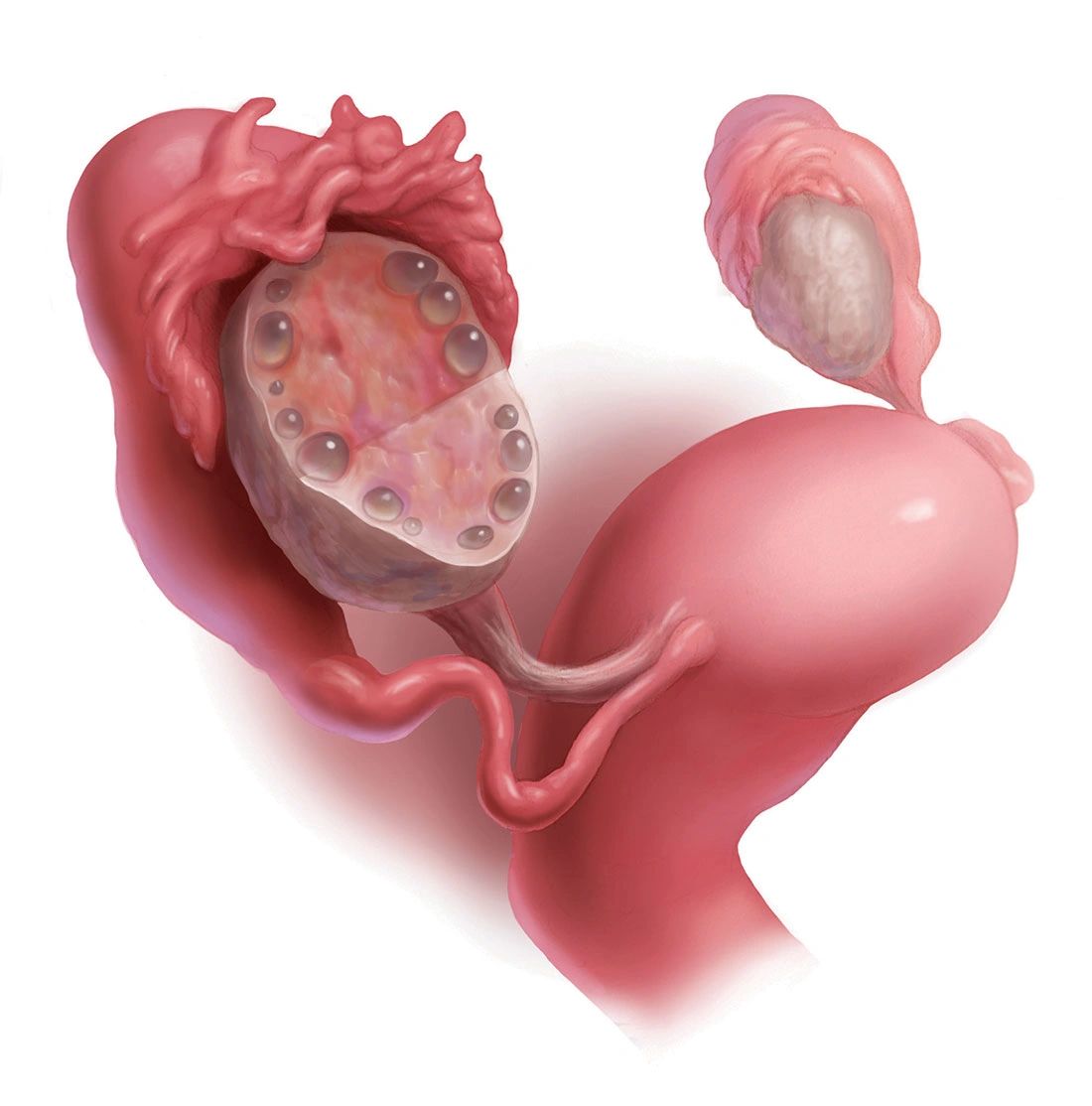


/asian-woman-work-out---weight-training-and-listen-music-682683596-5a1ef59347c26600373a7180.jpg)


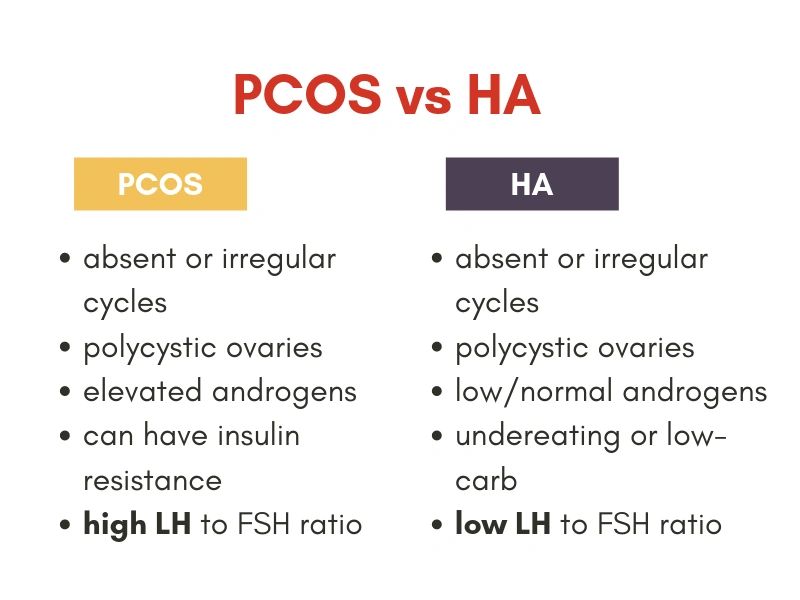










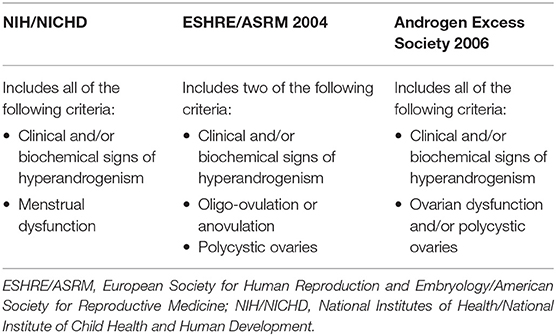



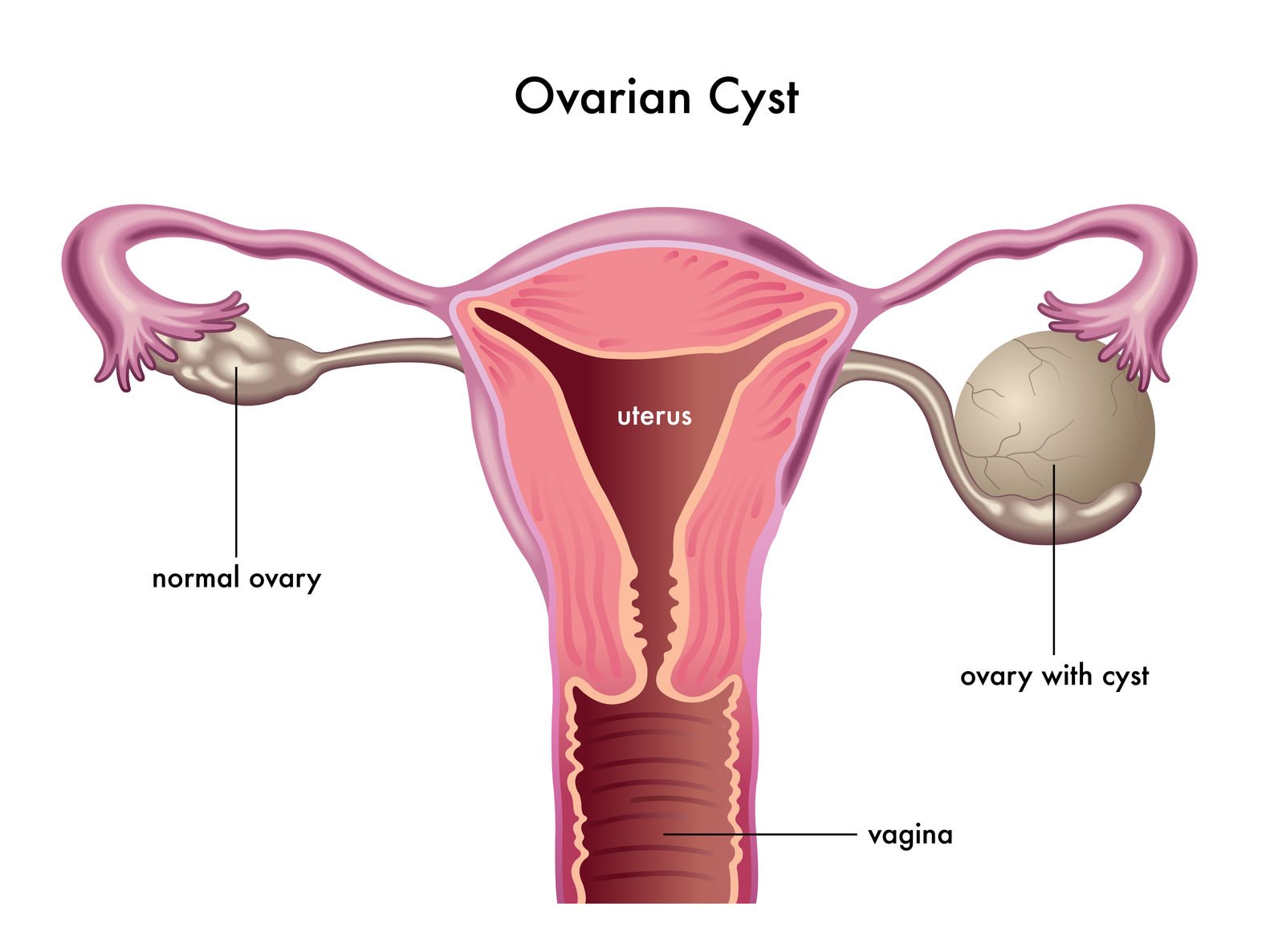












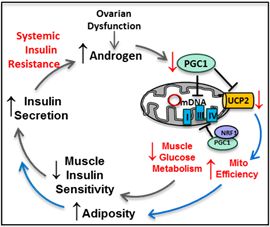





Post a Comment for "Lean Polycystic Ovarian Syndrome"